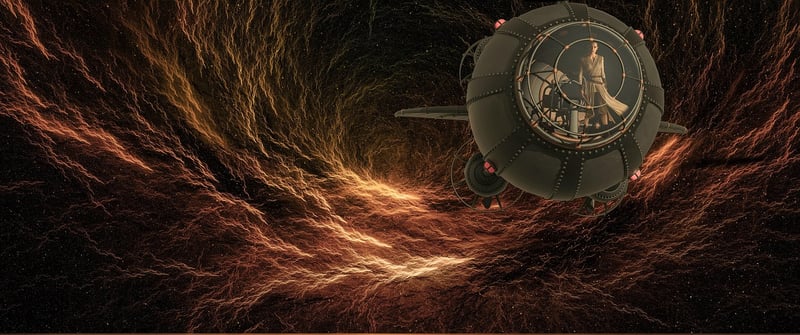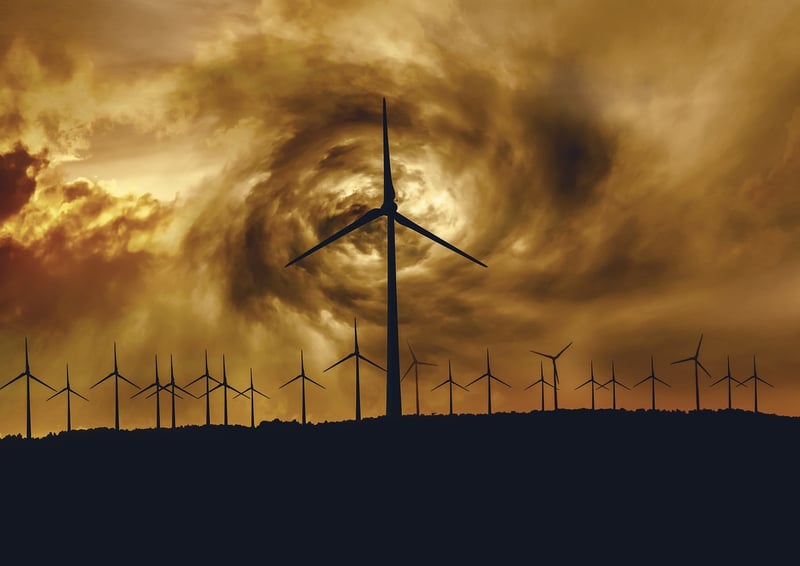Wormholes
Mechanisms of Travel and Wormholes
Introduction
Traveling through space has always been a fascinating subject for scientists and science fiction enthusiasts alike. From spaceships to time travel, the possibilities are endless. One intriguing concept that has captured the imagination of many is the idea of wormholes, theoretical passages through space-time that could connect distant parts of the universe.
Understanding Wormholes
Wormholes, also known as Einstein-Rosen bridges, are hypothetical tunnels that link two separate points in space-time. In theory, these tunnels could create shortcuts for long journeys across the cosmos, potentially allowing for faster-than-light travel.
Key Characteristics of Wormholes:
- They are theoretical constructs predicted by the equations of general relativity.
- Wormholes could be traversable or non-traversable, depending on their stability and properties.
- Exotic matter with negative energy density may be required to keep a wormhole open.
Potential Applications
While wormholes remain a speculative concept, their potential applications are vast:
Interstellar Travel:
Wormholes could revolutionize space travel by offering a shortcut through the vast distances between stars.
Time Travel:
Some theories suggest that traversing a wormhole could also enable time travel by creating closed timelike curves.
Challenges and Limitations
Despite the allure of wormholes, several challenges and limitations exist:
Stability:
Wormholes may collapse or become unstable due to various factors, such as energy fluctuations.
Exotic Matter:
The existence and manipulation of exotic matter with negative energy density, a key requirement for stabilizing wormholes, remain purely theoretical.
Conclusion
Wormholes represent a captivating concept in the realm of theoretical physics and space travel. While their existence and practicality are still subjects of debate and speculation, the potential for unlocking new frontiers in exploration and understanding the universe is undeniable.

For more information on wormholes and space travel, check out NASA's website.
